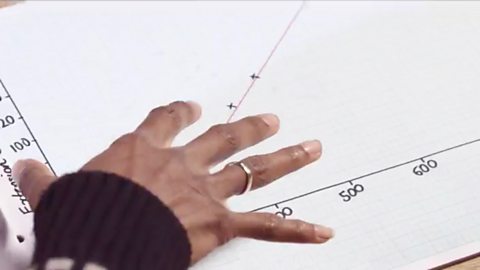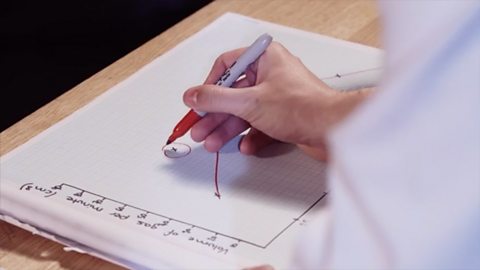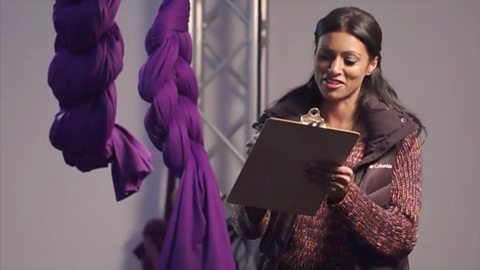Practical skills
Practical skills are needed to use apparatus correctly, skilfully and safely in order to obtain accurate, reliable results.
The skills needed to carry out the following prescribed practicals may be assessed:
| Prescribed practical | Details |
|---|---|
| 1.1 | make a temporary slide and use a light microscopeDevice that uses visible light and a series of lenses to produce an enlarged image of an object. to examine, draw and identify the structures of a typical plant and animal cell and produce labelled biological drawings. |
| 1.2 | investigate the need for light and chlorophyllThe green chemical inside the chloroplasts of plant cells. It enables photosynthesis to take place. in photosynthesisChemical reaction that happens in plant cells. It converts carbon dioxide and water into glucose and oxygen in the presence of light. The glucose can then be used for a number of processes including growth. by testing a leaf for starch. |
| 1.3 | investigate the energy content of food by burning food samples. |
| 1.4 | investigate the effect of temperature on the action of an enzymeProteins that act as biological catalysts, meaning they speed up reactions without being used up themselves.. |
| 1.5 | investigate factors affecting the respirationThe chemical change that takes place inside living cells, which uses glucose and oxygen to release the energy that organisms need to live. Carbon dioxide is a by-product of respiration. of yeast. |
| 1.6 | use quadratA tool used to mark off a specific area so that the plants within it can be identified and counted to give a sample. to investigate the abundance of plants and/or animals in a habitatA place where plants, animals and micro-organisms live.. |
| 2.1 | investigate the process of osmosisThe process by which water moves in and out of cells from a high concentration to a low concentration. by measuring the change in length or mass of plant tissue or model cells using Visking tubing. |
| 2.2 | use a potometerA device used to measure the rate of water uptake by a plant. (bubble and weight potometer) to investigate the factors affecting the rate of water uptake by a plant and washing line method to investigate the factors affecting the rate of water loss from leaves. |
| 2.3 | investigate the effect of different chemicals or antibiotic discs on the growth of bacteria. |
Obtain and record accurate, reliable results
The accuracy of a measurement is dependent on the quality of the measuring apparatus and the skill of the scientist involved.
For data to be considered reliable, repeats must be carried out.
Repeating a scientific investigation makes it more reliable.
Example:
Practical 1.4 - Investigating the effect of temperature on the action of an enzyme
Accuracy can be improved by using a syringe to measure liquids rather than a measuring cylinder.
Reliability can be improved by completing each temperature more than once and calculating an average.
Test your knowledge
More on Practical skills
Find out more by working through a topic
- count3 of 4

- count4 of 4

- count1 of 4
